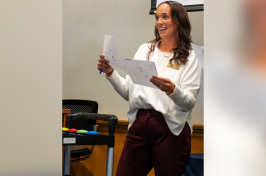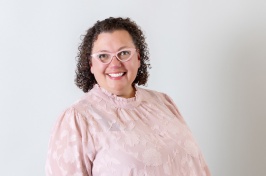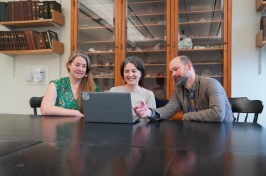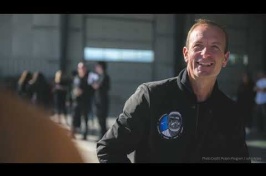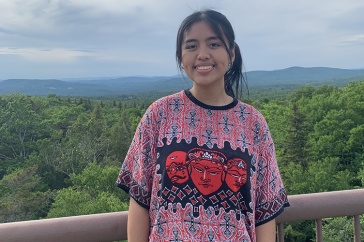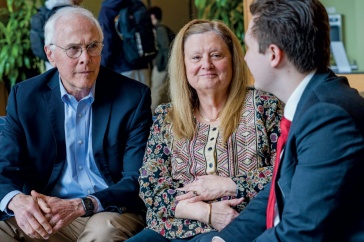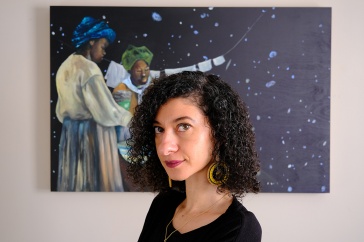
Nathan Schwadron, professor of physics
"When I was in first grade, I fell out of a tree. I went to the hospital; they patched me up and sent me home. Not long after, I start to feel really sick. I ended up having a grand mal seizure and wound up in a coma. After I came out of it, I was in the hospital for more than a month, much of that time on oxygen. I was intensely bored and was constantly looking for things to read that weren’t comics or coloring books. My family brought me everything they could think of; they were desperate to make sure I was comfortable and had what I wanted, and I was desperate to have something to keep my brain occupied and off the bad stuff that was happening
My father brought me in a stack of books. I started with a small pile and read them all. Then I read something by Carl Sagan that involved special relativity, and from there, I consumed everything I could on physics. That opened a whole new world for me. It got my brain working again. I was particularly intrigued by Einstein and would ask a lot of questions of my parents that they couldn’t answer. They were sort of baffled by the questioning, but they seemed relieved that I had something to keep my mind active.
I played sports in elementary, middle and high school. I also enjoyed acting and built sets for the drama club. There was a time when I thought I wanted to be a professional set designer. I loved the connection between art and building. But despite being active and doing all of those things, I still kept feeling like something was missing. Then I took AP physics and found my place. I felt like physics was a pool, and I wanted to dive in.
I studied physics at Oberlin College and the University of Michigan, where I got my Ph.D. I became really interested in space science. Later, while working as a researcher, I became interested in designing and building instruments that would be sent into space. As a physicist, I think of myself as kind of a builder. I love building things. Physics has all the aspects of what drives me; it’s unchartered, sort of like being an explorer.
When I was first searching for what I wanted to do, there was kind of an emptiness. At one point, I thought maybe I’d be a doctor. And then I thought about majoring in chemistry but was concerned that would be too hands-off. In graduate school, I got interested in space and high-energy particle physics. I enjoyed quantum mechanics. And I then met Tamas Gombosi (director of the Center for Space Environment Modeling at the University of Michigan). He was like a father figure; we worked closely together. At that time, studying theoretical space science was more about analyzing observations than building flight instruments.
I met my wife (Katharine A. Duderstadt, research scientist in UNH’s Earth Systems Research Center) in grad school. I was quite smitten but tried not to scare her off.
After we left Michigan, I went to work as a research scientist at the Southwest Research Institute in San Antonio. That’s where I started developing the skills to build instruments. But I wasn’t as involved as I wanted to be. In 2005, I got a job at Boston University as an associate professor of astronomy. I had a 90-minute commute. It was a stressful job; we had kids. It was a tough time.
Then, in 2010, I got the opportunity to come here and work with Harlan Spence (director of the UNH Institute For The Study Of Earth, Oceans, And Space), and it all came together."
-
Written By:
Jody Record ’95 | Communications and Public Affairs | jody.record@unh.edu











